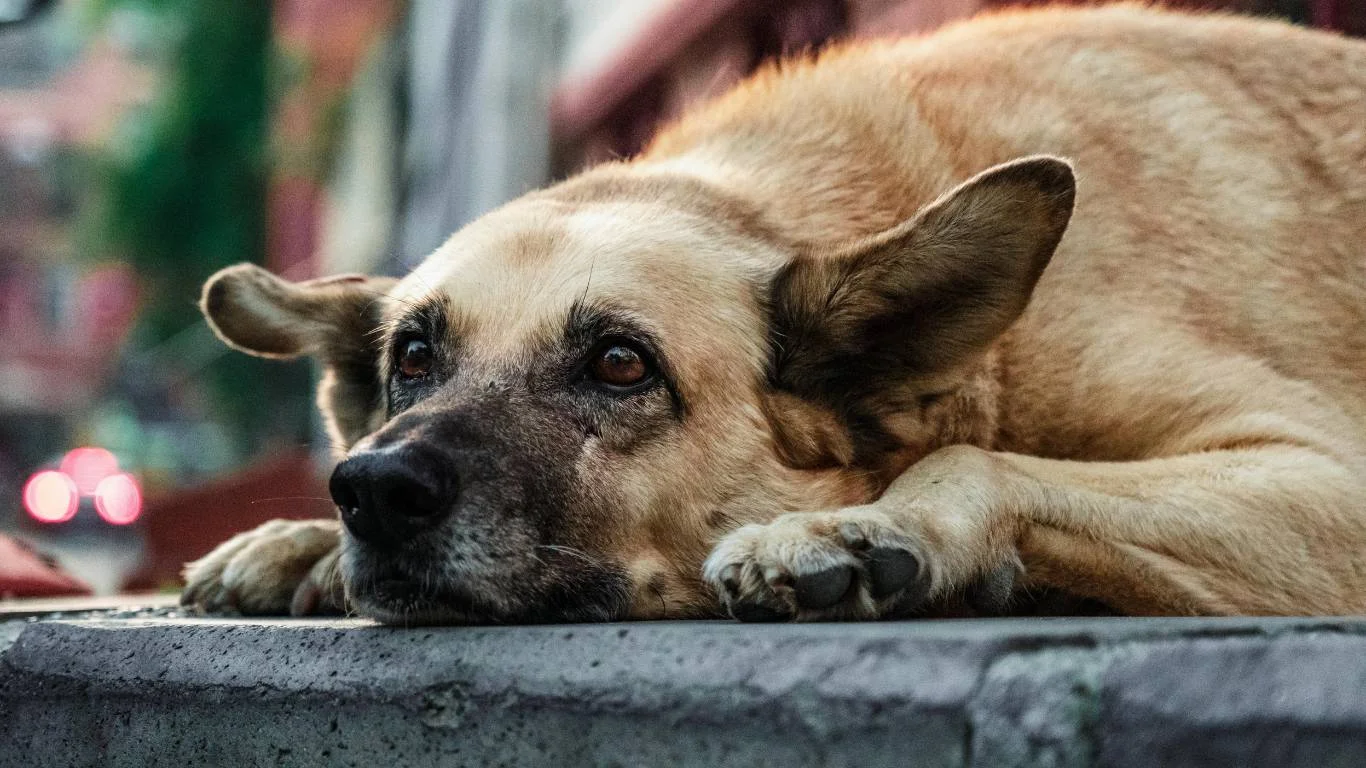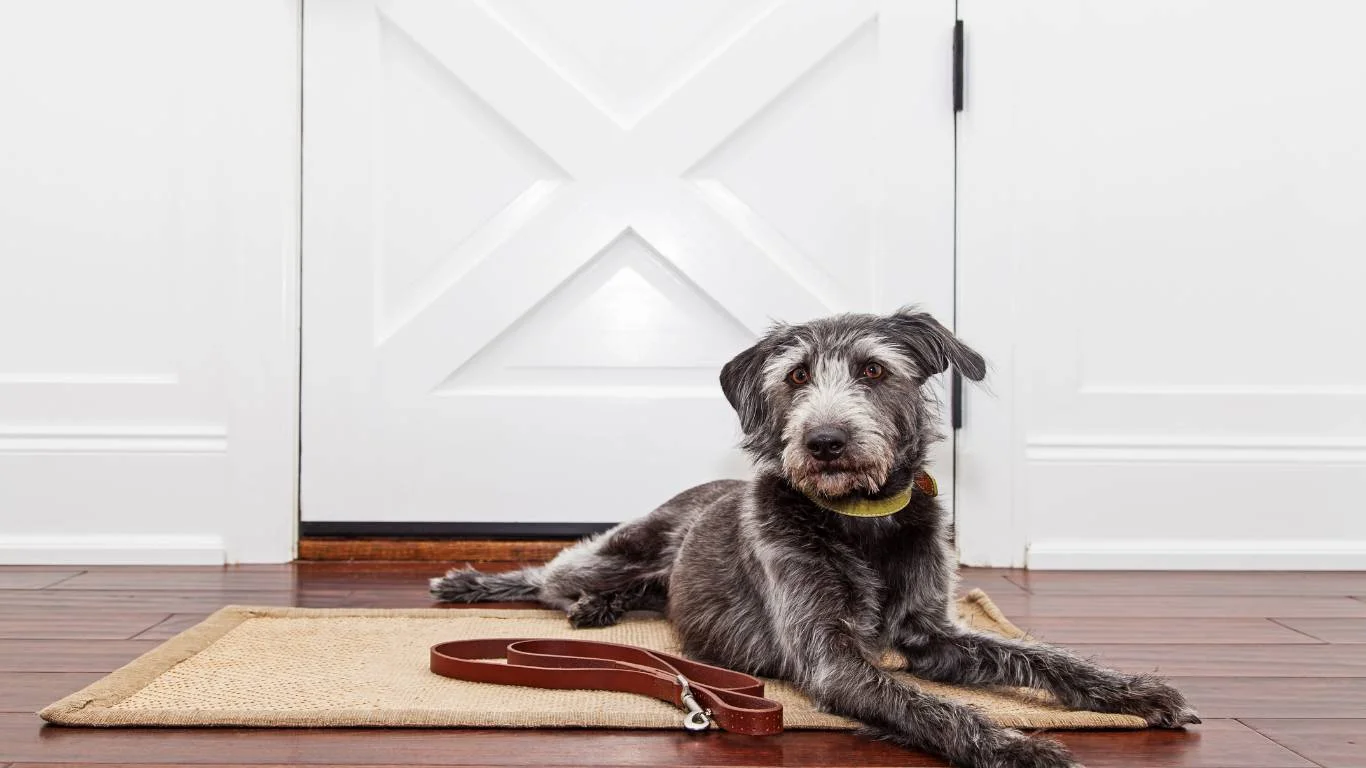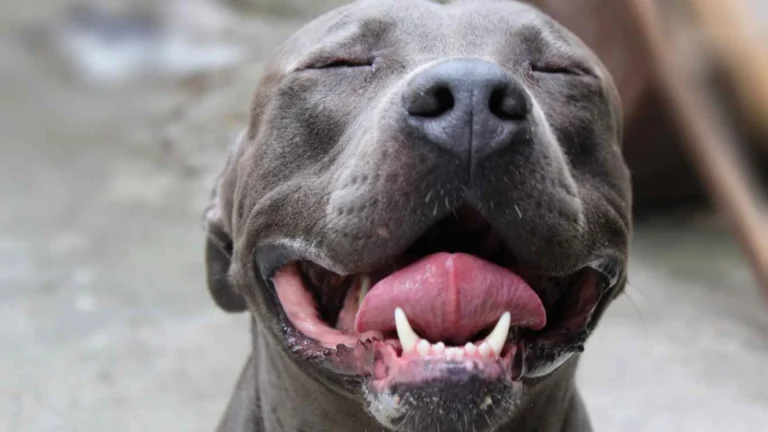Warning Signs: What Does a Swollen Abdomen in Dogs Mean?
Ever notice your dog’s belly looking unusually round or tight and thought, “What does a swollen abdomen in dogs mean?” You’re definitely not alone. As a Veterinary Assistant with a passion for pet nutrition, I’ve seen this scenario more often than you’d think. Swollen bellies in pups can range from harmless bloat after scarfing down dinner too fast to something far more serious that needs a vet’s attention ASAP. But don’t panic yet — let’s break it all down together in plain, no-nonsense language.
Common Reasons Dogs Get a Swollen Abdomen

1. Bloat (Also Known as Gastric Dilatation-Volvulus or GDV)
When I say bloat, I’m not just talking about your pup looking a little pudgy after dinner. This is the serious kind. GDV is a life-threatening condition where the stomach fills with gas and can actually twist. It mostly hits large, deep-chested breeds like Great Danes or Weimaraners, and trust me, it can go south fast.
Watch for signs like:
- Sudden swelling of the abdomen
- Unsuccessful attempts to vomit
- Pacing, drooling, or clear distress
If you suspect this, skip the Google deep dive and get to a vet immediately. I’ve seen dogs survive GDV with emergency surgery — but timing is everything.
2. Overeating or Gulping Air
Yup, something as simple as inhaling food too fast can make a dog’s belly balloon up. I’ve worked with pet parents who swore their dog had a medical emergency — only to find out they just wolfed down dinner and a bunch of air with it. That’s not to say it’s always harmless, though.
If your dog does this a lot, consider using a slow-feeder bowl or spreading their kibble out on a flat surface. And hey, feed smaller meals more often if you can — it really helps!
3. Internal Parasites
This one’s super common, especially in younger dogs or rescues. Roundworms and hookworms are notorious for making a dog’s belly look distended. It’s not cute — it’s a sign something’s going on inside.
One of the pups I fostered came in with a belly that looked like she’d swallowed a tennis ball. After a vet visit and some dewormer, she was back to normal in no time. So don’t wait — get a fecal test and follow through with the right meds.
Is It Fluid? When to Worry About Abdominal Effusion

1. Heart or Liver Disease
If your dog has a consistently swollen abdomen that feels squishy rather than firm, it could be fluid buildup, also called ascites. This can be a symptom of underlying issues like heart failure, liver disease, or even cancer.
Dogs with this type of swelling might also show signs like:
- Lethargy or reluctance to move
- Labored breathing
- Loss of appetite
I’ve seen a few senior dogs come in with ascites from heart issues — and catching it early gave them a better quality of life with the right meds and diet changes.
2. Hypoalbuminemia (Low Blood Protein)
This sounds super technical, but it basically means your dog’s protein levels are low, which can let fluid leak into the abdomen. Often, it’s tied to kidney or GI issues. I’ve helped run blood panels for cases like this, and the fix often starts with treating the root cause — not just draining the fluid.
Hormonal and Reproductive Causes in Female Dogs

1. Pregnancy
Okay, this might sound obvious — but if your girl isn’t spayed and her belly’s growing, yep, she might be expecting. I’ve had quite a few “surprise pregnancy” visits where folks thought their dog was sick… only to end up with a litter of pups two weeks later. Oops!
2. Pyometra (Uterine Infection)
This is the one that really sticks with me. Pyometra is a dangerous, often deadly infection that happens in unspayed females. It can cause a swollen belly due to pus buildup in the uterus. One case I remember vividly — an older lab mix came in barely moving, with a bloated belly and nasty discharge. She went into surgery that same night, and thankfully pulled through.
If your dog is unspayed, lethargic, and her belly’s swollen — don’t wait. Get her seen right away.
When a Swollen Belly Means Digestive Trouble

1. Constipation or Blockage
One thing people often overlook when wondering what does a swollen abdomen in dogs mean? is plain old constipation. I know, not the most glamorous topic, but trust me — it happens more than you’d think. I had a Labrador patient once who hadn’t gone #2 in three days and came in looking like he swallowed a basketball. Poor guy was so uncomfortable, pacing and whining nonstop.
Sometimes it’s due to eating something they shouldn’t (looking at you, sock chewers), or just a lack of fiber or hydration. If your pup’s acting off and straining to go, a vet check and possibly some x-rays are in order.
2. Intestinal Obstruction
This one’s more serious. If your dog eats a foreign object — like a toy, corn cob, or random trash (yep, seen it all) — it can get lodged in the intestines, causing a backup and swelling. Dogs with obstructions often vomit, lose interest in food, and just seem “off.” The belly might feel firm and tense, too.
One young Boxer I helped care for had swallowed part of a tennis ball. Surgery was the only fix, and thankfully the owners acted fast. That saved him from what could’ve been a fatal situation.
Swelling Due to Obesity or Weight Gain

1. Gradual Belly Enlargement
Sometimes, the answer to “why is my dog’s stomach so round?” is simply too many treats and not enough movement. And hey — no judgment! I’ve met plenty of sweet senior dogs whose humans just wanted to spoil them. But carrying that extra weight can lead to serious issues like joint pain, diabetes, and even heart problems.
If your pup’s tummy is looking bigger over time, feel along their ribcage. Can you easily feel their ribs, or are they buried under fluff and fat? A chat with your vet about a proper feeding plan can go a long way. And if you’re like me and love giving snacks, try swapping in healthy options like carrots or green beans. Dogs usually love the crunch!
2. Nutritional Imbalance
Sometimes, it’s not just the amount of food, but what you’re feeding. A poorly balanced diet — especially one lacking in quality protein or overloaded with fillers — can lead to inflammation, bloating, or just overall sluggishness. I’ve seen dogs perk up dramatically after switching to a better-quality kibble or adding in some digestive supplements. A well-fed gut really is a happy gut.
When to Call the Vet: Red Flags You Shouldn’t Ignore

Look for These Signs Alongside the Swelling
It can be tricky figuring out what’s serious and what’s just a temporary tummy bulge. So here’s what I always tell pet parents at the clinic — if your dog shows any of these signs along with the swollen abdomen, don’t wait it out:
- Rapid or shallow breathing
- Unwillingness to lie down or constant pacing
- Vomiting or dry heaving
- Visible discomfort when the belly is touched
- Gums that look pale or bluish
These symptoms could point to emergencies like GDV, internal bleeding, or organ failure. I’ve personally seen how quick action can make the difference between a close call and a tragedy.
How a Vet Will Investigate
When a dog comes in with a bloated abdomen, here’s what usually happens (from behind the scenes):
- Physical Exam: We’ll gently palpate the belly to check firmness, pain response, and shape.
- X-rays or Ultrasound: These help spot gas, fluid, tumors, or blockages.
- Bloodwork: Gives us insight into organ function, protein levels, and infection.
- Fecal and Urine Tests: Useful if we’re suspecting parasites or kidney-related swelling.
Sometimes, we’ll even do a belly tap to draw out fluid for testing — it helps figure out whether it’s blood, pus, or something else causing the bulge. I’ve helped with dozens of these, and they’re such a useful diagnostic tool.
Can You Prevent Abdominal Swelling in Dogs?
1. Feed Smart
Feeding smaller meals throughout the day, especially for breeds prone to bloat, can really help. Avoid exercise right after meals, too — a quick zoomie session right after dinner can be risky. I always recommend using puzzle feeders or slow bowls for the fast eaters. It turns dinner into a game and slows down gulping.
2. Regular Vet Checkups
Catching things early is half the battle. Annual bloodwork, fecal exams, and even routine weigh-ins can help spot subtle signs before they turn into big problems. I’ve seen early detection turn around everything from liver disease to parasitic infections.
3. Know Your Dog’s “Normal”
Every dog is different, and as their person, you’re the best at spotting changes. If your normally playful pup is suddenly sluggish, or their belly seems rounder than usual — trust your gut. I always tell clients: “If it feels off, it probably is.” It’s better to get peace of mind than to wait and wonder.
Natural Remedies and At-Home Monitoring Tips

1. Light Diet for Mild Bloating
Okay, let’s say your dog’s belly seems a little puffier than usual, but they’re acting normal — eating, playing, no vomiting. For those mild cases, I’ve seen pet parents (including myself) have success with a bland diet for 24-48 hours. Think boiled chicken and white rice, small portions spread out through the day. Nothing fancy, just easy on the tummy.
I once had a senior Chihuahua who would occasionally bloat up after eating too fast. A bland meal and a calm evening often did the trick. But — and this is key — if symptoms don’t improve fast, call your vet.
2. Keep a Swelling Log
It might sound a bit over the top, but jotting down when the swelling appears, how long it lasts, and what your dog ate that day can uncover patterns. I had one client who discovered her pup was reacting to a specific treat — something she never would’ve guessed if she hadn’t tracked everything. That kind of info is gold for your vet, too.
3. Over-the-Counter Digestive Aids
There are a few vet-recommended supplements out there — like probiotics or digestive enzymes — that can help with chronic gas and bloating. Just be sure to get them from trusted brands (no sketchy online supplements, please). When in doubt, bring the label to your vet and ask what they think. I’ve stocked these myself in clinics and seen great results with consistent use.
How Nutrition Plays a Major Role

1. Importance of High-Quality Ingredients
I can’t stress this enough — what you feed your dog directly affects their gut health. And that affects everything else, including whether they end up with abdominal swelling. Foods loaded with fillers like corn, wheat, and by-products can trigger bloating or sensitivities in some dogs. On the flip side, high-protein, easily digestible foods tend to reduce GI issues.
During my time working alongside veterinary nutritionists, I’ve seen diet alone resolve mystery belly swelling in dogs who were misdiagnosed or overmedicated elsewhere. It’s powerful stuff when you get it right.
2. Tailoring the Diet to the Dog
Every dog is different. Some thrive on grain-free, some don’t. Some need a low-fat diet because of pancreatitis or liver issues. I’ve even worked with dogs on home-cooked diets (under vet supervision) to address long-term digestive inflammation. If your dog has recurring abdominal issues, getting a vet or veterinary nutritionist to help customize their diet is one of the smartest things you can do.
Final Thoughts on What a Swollen Abdomen in Dogs Might Mean
Stay Calm, But Stay Alert
Honestly, in the clinic, I’ve seen everything from mild food reactions to life-threatening emergencies all start with the same sentence: “My dog’s belly looks kind of swollen.” The trick is knowing what else is happening. If your dog is acting normal otherwise and the swelling goes down quickly, it might be nothing serious. But if you’re seeing additional symptoms — lethargy, vomiting, distress — don’t hesitate. Better to be safe than sorry.
Your Role as a Dog Parent Matters
Trust your instincts. You know your dog better than anyone else. I’ve had so many pet parents apologize for coming in “just to be safe,” and my response is always the same: that’s exactly what you’re supposed to do. Keeping your dog healthy is a team effort, and you’re the MVP.
And Don’t Forget…
If your dog is showing persistent or sudden abdominal swelling, especially paired with behavior changes, don’t wait it out. Call your vet. If it turns out to be nothing? Great. But if it’s something serious — your fast action could save their life.
References
Disclaimer
This article is for informational purposes only and is based on my experience as a Veterinary Assistant with a focus on nutrition. It is not a substitute for professional veterinary advice, diagnosis, or treatment. Always consult your veterinarian if your dog is experiencing symptoms or changes in behavior. When in doubt — call the vet!






